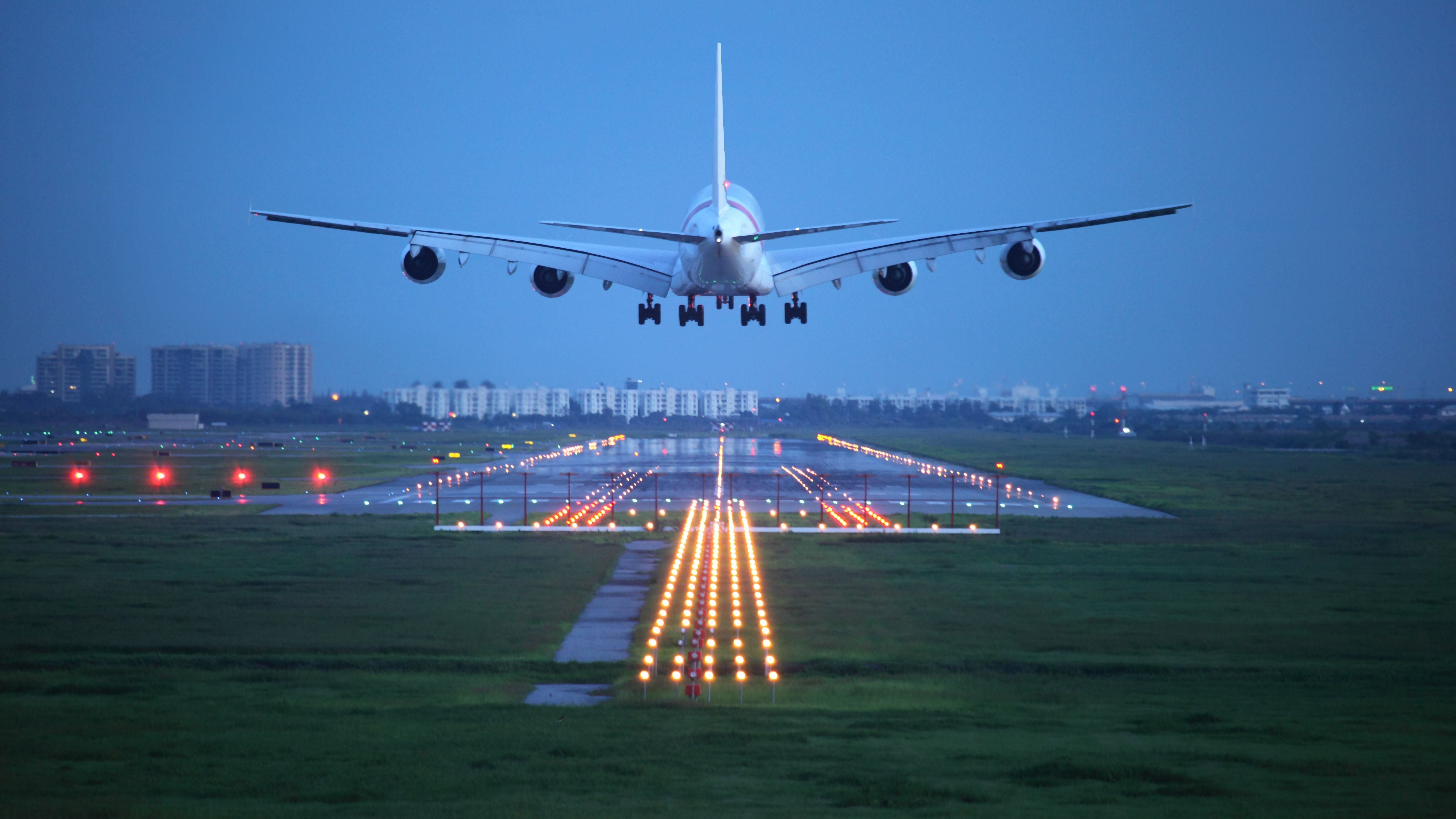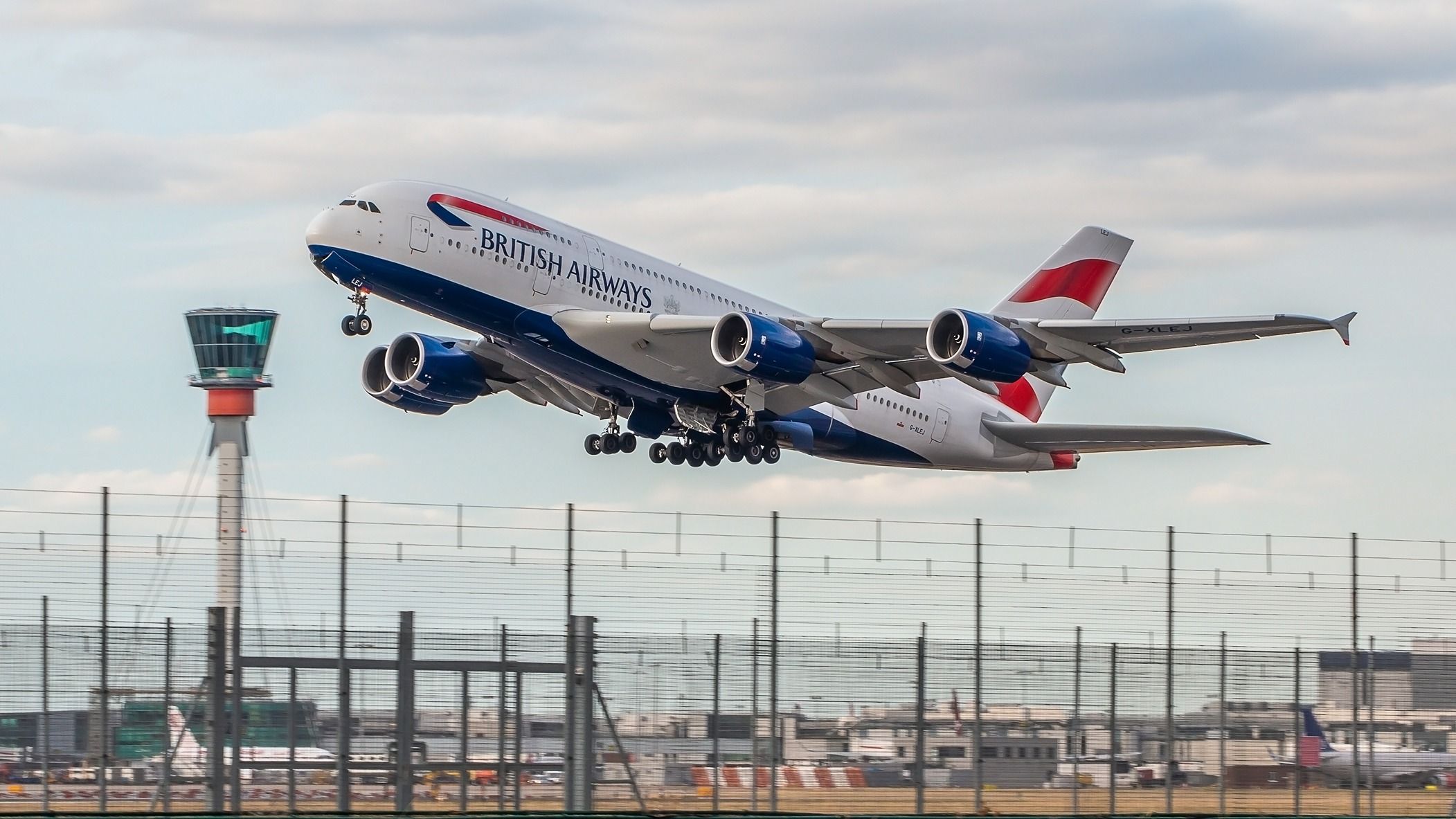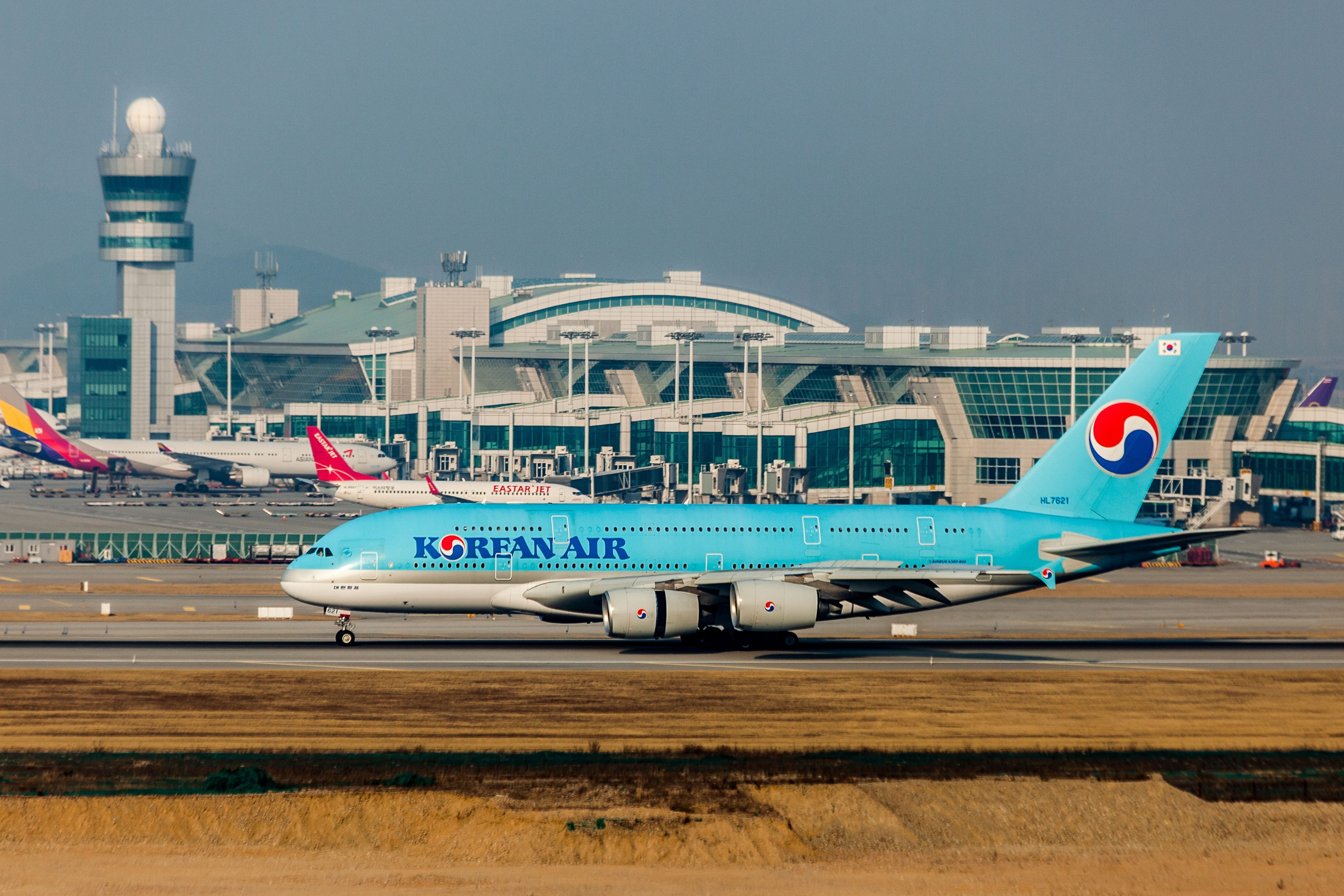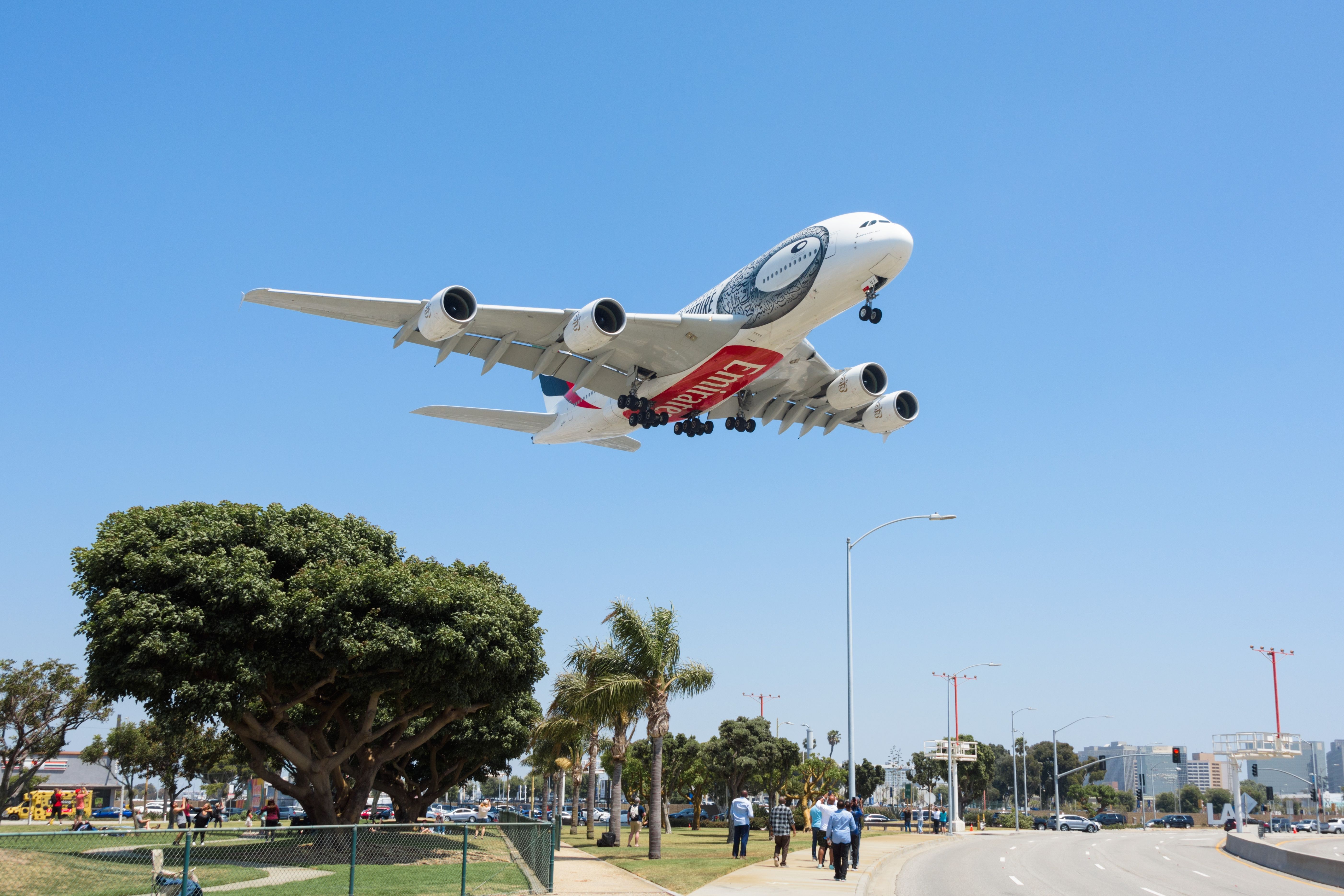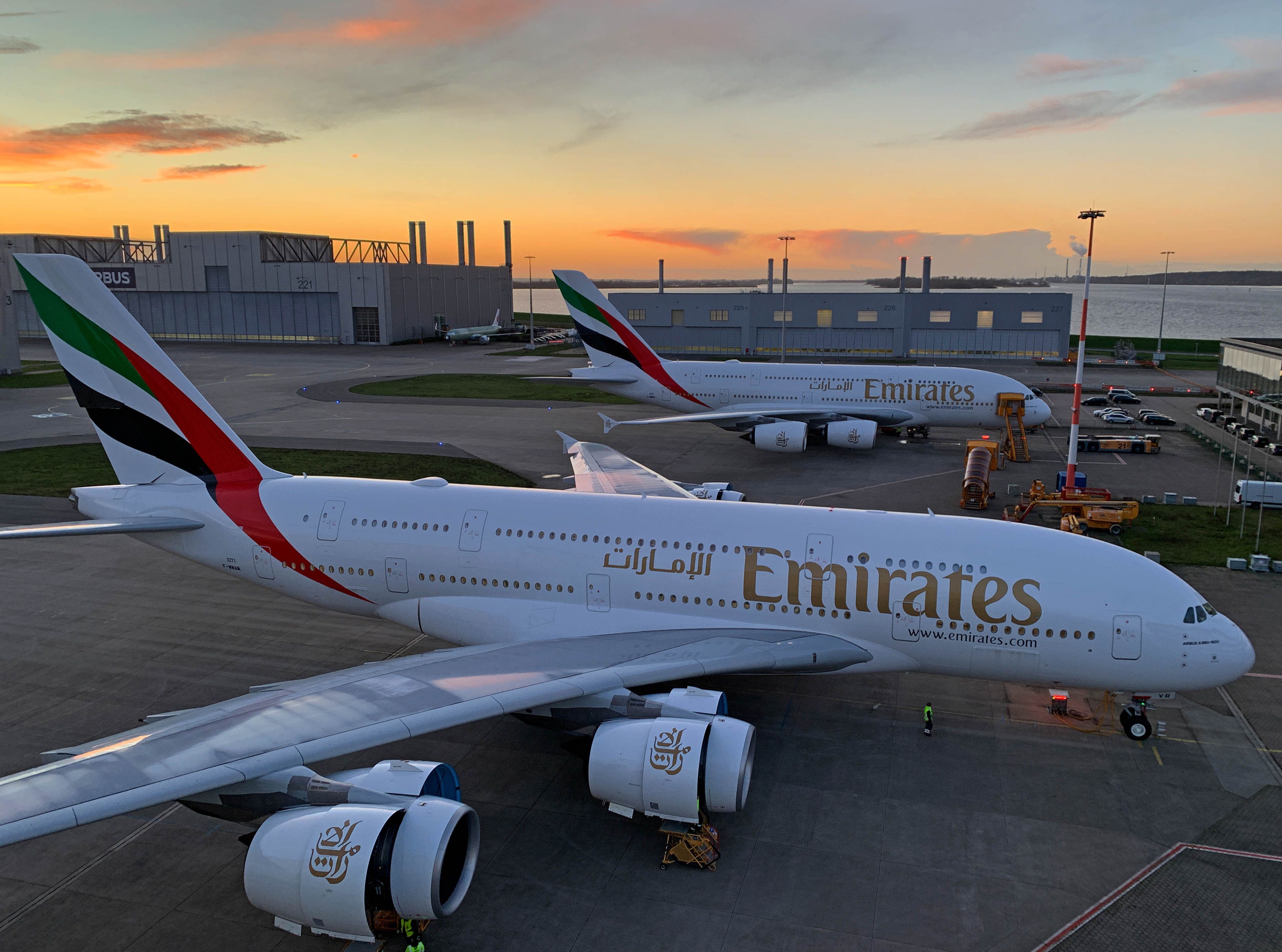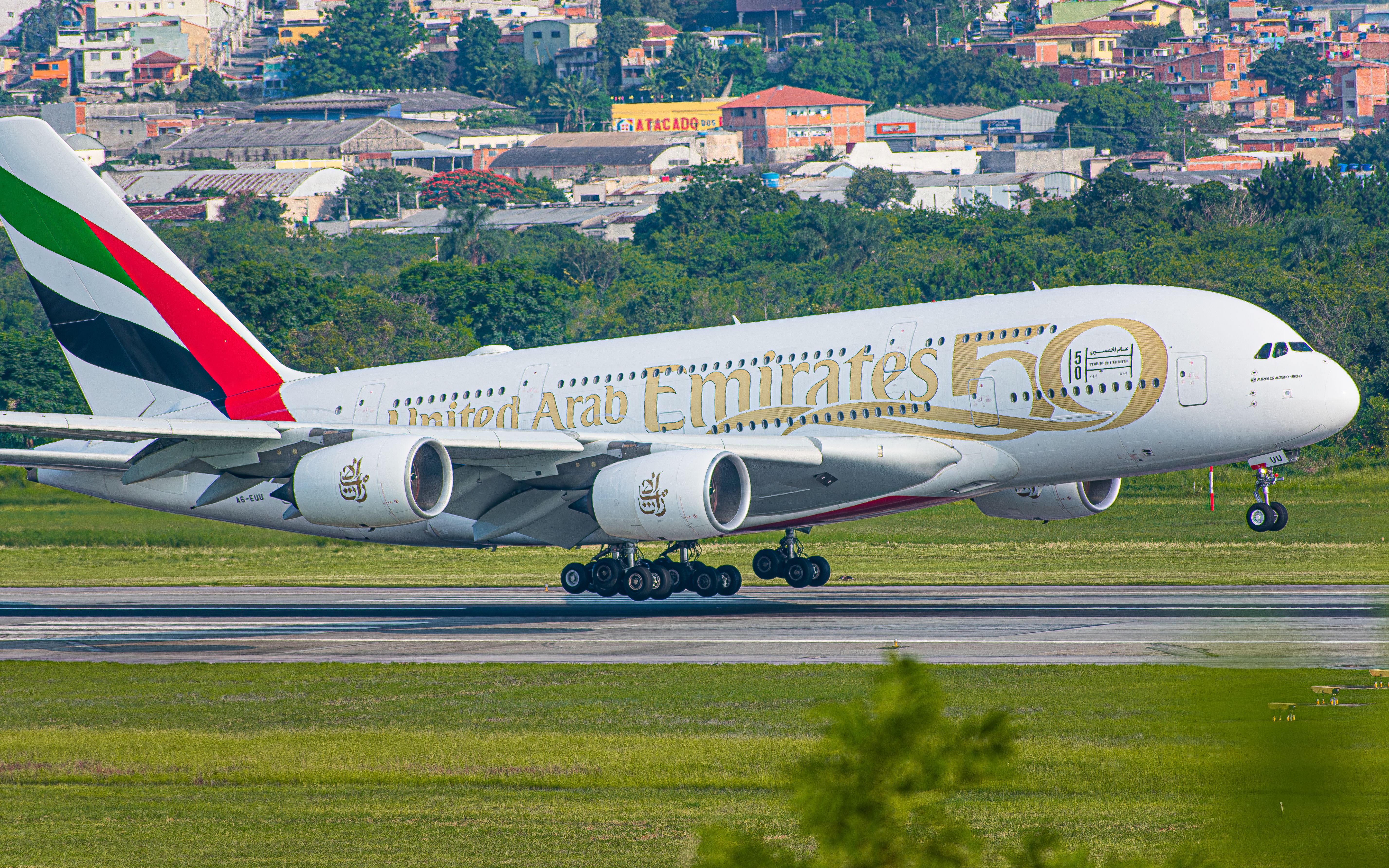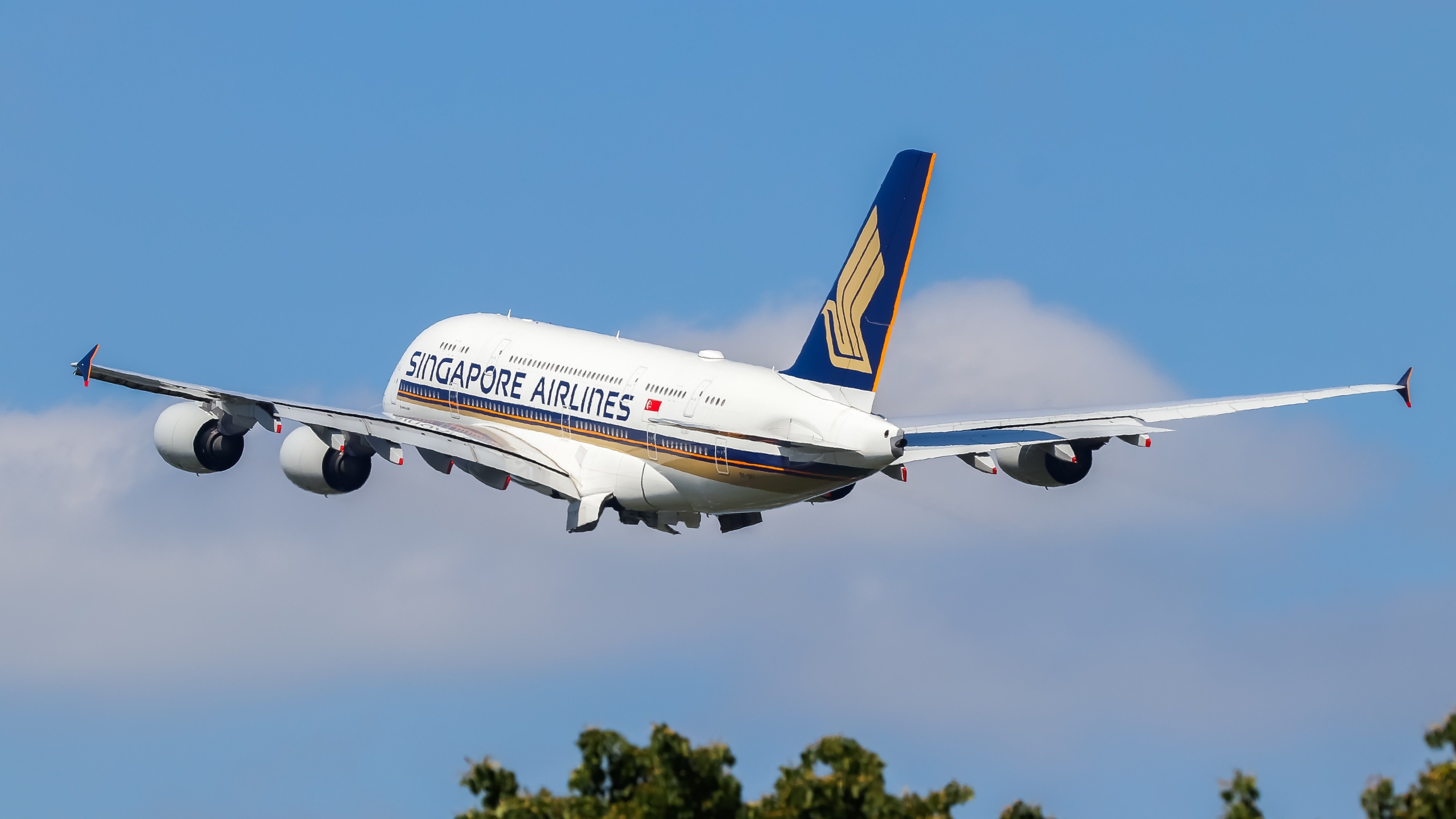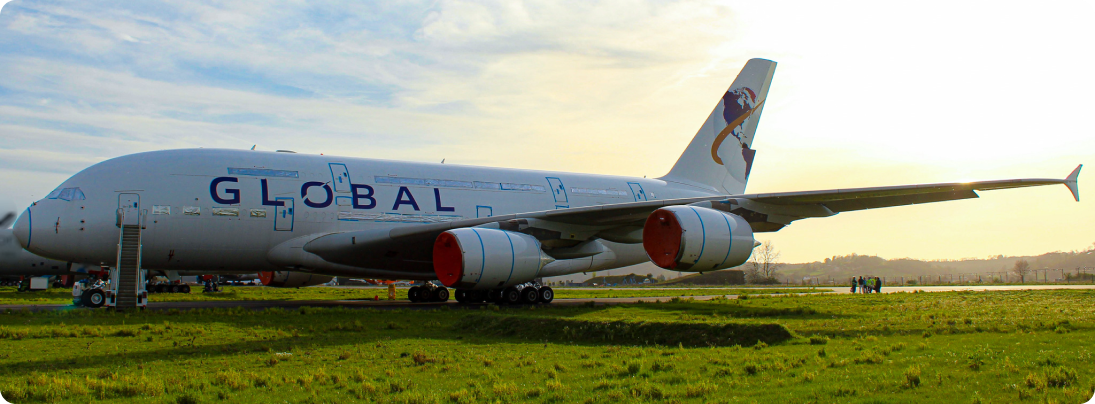Summary
- The Airbus A380 is experiencing a resurgence in demand as long-haul international tourism recovers, leading airlines to return their superjumbos to service.
- The A380's development faced numerous setbacks and wiring issues, significantly delaying delivery and adding billions of dollars to the project's cost.
- Emirates has become the leading operator of the A380 due to its optimized use of the jet, but other airlines have struggled to find similar success, leading to limited orders and the aircraft's eventual discontinuation.
Two years after its production run, the Airbus A380 is still very much a fixture of the commercial aviation industry. While a decline in demand during the pandemic left many doubting it had a future, a recent surge in long-haul international tourism has seen airlines return their superjumbos to service in droves.
Still, the general shift towards low-cost point-to-point travel over the hub-and-spoke model has caused many carriers to scrap their super jumbo airframes, with others left rotting at airports and storage facilities worldwide.
Early developments
The aircraft wasn’t always so niche and specialised, however. Turning the clocks back to the 1970s and 1980s, the largest aircraft in commercial passenger service was the Boeing 747. Dubbed the Queen of the Skies, the double-decker jet was a smash hit with airlines and passengers, prompting manufacturers to develop competitor aircraft.
During the same period, the widebody tri-jet market was controlled exclusively by Lockheed Martin and McDonnell-Douglas with the L1011 Tristar and DC-10, respectively, leaving then fresh-faced Airbus to seek out competition on the Very Large Aircraft (VLA) front.
Airbus considered several options, including a double fuselage A340 adaption and a flying wing, before settling on the conventional double-decker design that would come to be the A380, then designated the A3XX.
Love aviation history? Discover more of our stories here
By December 2000, the €8.8 billion ($9.6 billion) project officially became known as the A380, representing the double-decker cross section and the number 8’s status as a lucky number in Asian countries. With sustained demand for hub-based travel as traffic numbers continued to increase, the aircraft became popular with major flag carriers based out of busy air hubs, racking up 50 orders from six customers, including British Airways, American Airlines, and Singapore Airlines upon launch.
Taking the skies
Following five years of research, design, and development, the first A380, registered F-WOWW, was unveiled to the public at Airbus’ Toulouse facility in early 2005. Its first flight was conducted four months later, departing Toulouse-Blagnac Airport (TLS) on April 27 under the command of test pilot Jacques Rosay.
As testing advanced, costs continued to spiral upwards, quickly hitting €18 billion ($19.7 billion). Nevertheless, Airbus continued its quest to put the A380 in passenger service.
By 2006, the A380 made its first transatlantic flights to Colombia before heading north to Canada to test its high-altitude and cold-weather capabilities. After passing these tests and Airbus making some improvements, the final safety checks were completed, and the A380 was ready for delivery. Unfortunately, smooth skies weren’t here to stay.
Airbus hits turbulence
Given the mammoth size of the A380, there were a large number of wiring issues that Airbus was required to resolve before delivery. Each aircraft required up to 350 miles of wires to be installed, in addition to other components.
At first, Airbus announced a six-month delay, which soon became a 12 or 13-month delay, before the final delay with the first A380 scheduled for delivery in 2007. The setbacks were pricy for Airbus, adding a further €5 billion ($5.4 billion) to the project.
After issues had been resolved, the first commercial A380 was delivered to Singapore Airlines in 2007, with UAE-based Emirates following closely behind. Both carriers reported positive feedback for the jet during its early operations, noting that it performed better than anticipated, brightening Airbus’ outlook for recovering its development costs.
Other models were delivered to Air France, Lufthansa, Qantas, Korean Air, and Malaysian Airlines, with the A380 quickly becoming popular with passengers owing to its size and comfort.
While this was a great payoff for Airbus’ reputation, it did not translate into better passenger numbers for airlines. Finding 500-600 passengers willing to fly from one place to another on a given day is not always possible and can cause financial issues.
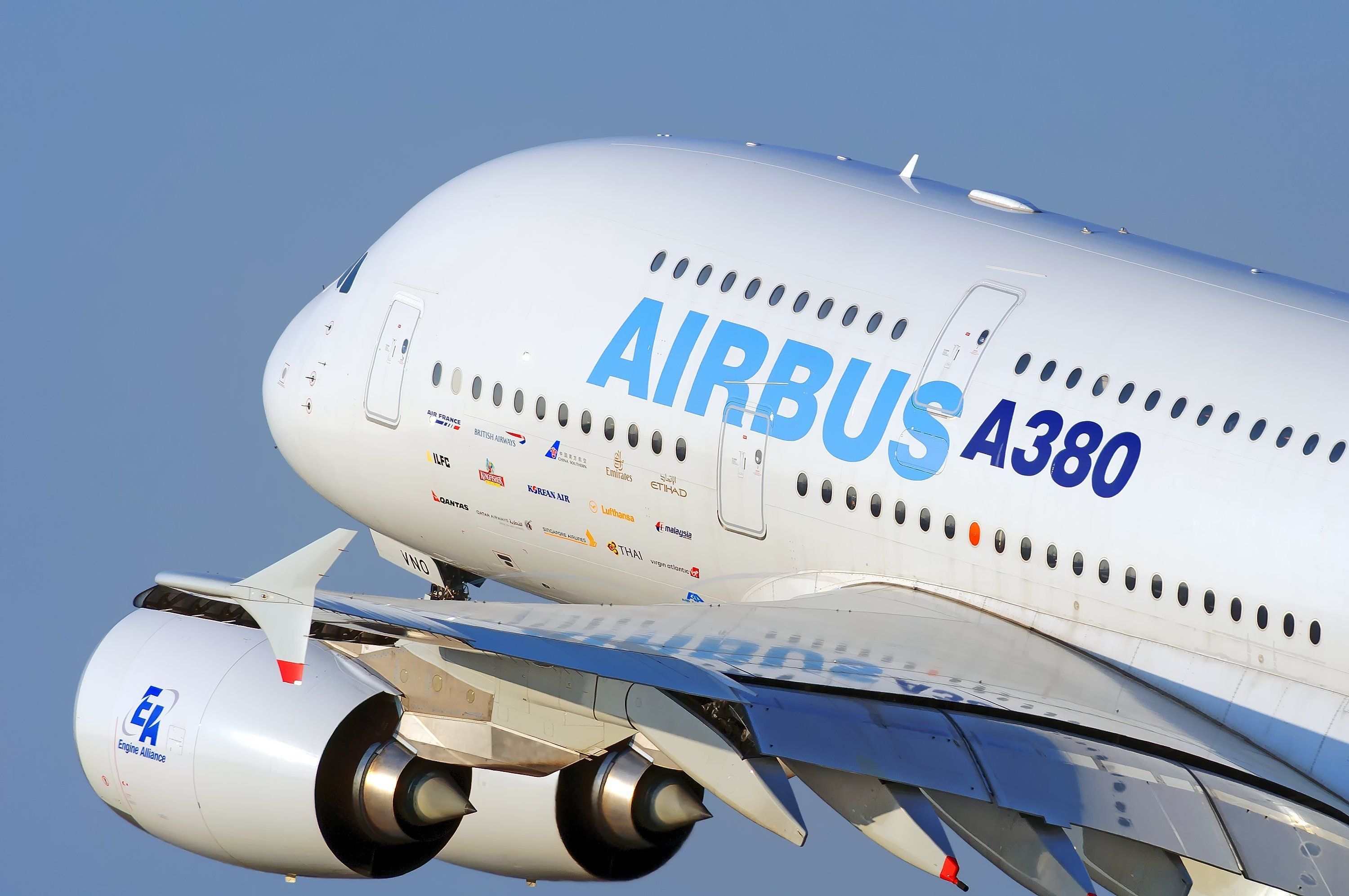
The Airbus A380F - The Freighter Plane That Got Scrapped
The Airbus A380F would have been one of the world's largest cargo aircraft had it been built.Emirates steals the show
As Emirates and Dubai looked to develop Dubai International Airport (DBX) into a central hub for air traffic between Europe and Asia, Emirates continued investing heavily in the A380 program, soon becoming the only customer.
The A380 has largely become synonymous with Emirates operations. Into 2023, the airline continues to be the largest operator of the type and has no plans to pull the jet from service for at least another twenty years.
Emirates continued success with the aircraft could also be considered the aircraft’s downfall. Airbus could not effectively market a jet that had become so optimized for Emirates to other customers. The backing of the UAE government allowed Emirates to pull off feats not possible by other carriers, something noted by American Airlines CEO Doug Parker, who famously jibed that no airline could afford to put showers onboard without government sponsorship.
In a way, Doug Parker was right. No other airline could afford the lavishness of the A380 that Emirates catered to onboard. Emirates set the standard high for airlines and passengers. Every other A380, in comparison, has generally been about transporting the greatest number of passengers without consideration of the “luxury” features.
Emirates was able to successfully work with large numbers of the A380 because Dubai’s airport could cater to their needs. Congested and aging airports such as New York’s John F. Kennedy International Airport (JFK), London Heathrow Airport (LHR), Paris’ Charles de Gaulle Airport (CDG), and Chicago O’Hare International Airport (ORD) were mired with infrastructure changes to accommodate the massive A380.
Airline after airline rejected taking on more A380s, and soon, orders dried up completely, leaving Airbus with limited options as the years passed.
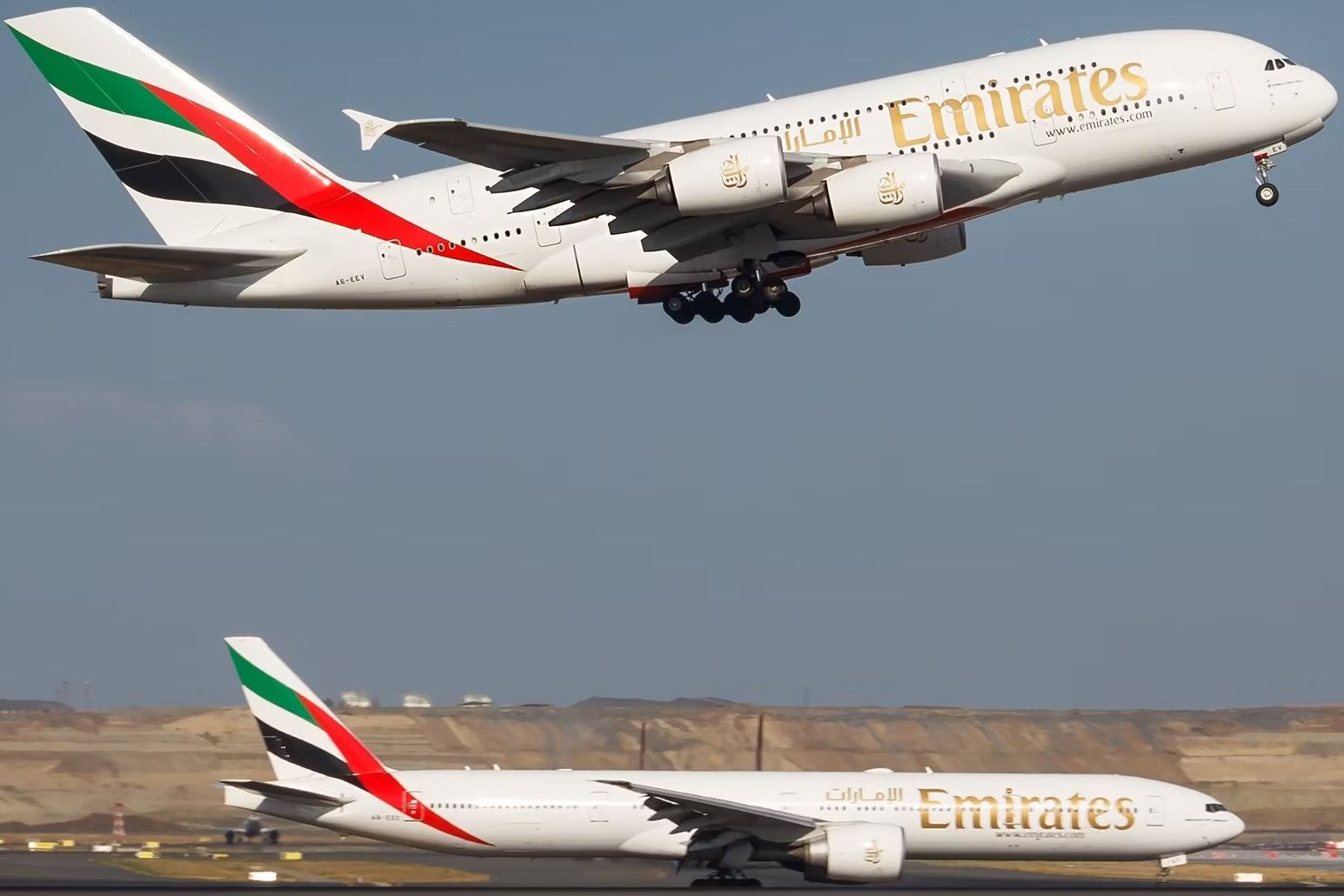
Emirates Airbus A380 vs Boeing 777 - Which Plane Is More Comfortable?
Let's compare the massive Gulf carrier's two main aircraft from a passenger comfort perspective.The rise and fall (and rise again)
Following an operational shakeup with the appointment of new CEO Guillaume Faury in 2019, the European aircraft manufacturer looked to shift its focus towards its A320neo and A330neo programs, as well as centering its new popular widebody A350 as its flagship product.
The A380 was pulled from Airbus’ inventory in early 2019 following Emirates’ decision to swap its outstanding order to the A350 and A330neo instead. The last aircraft was delivered to Emirates in December 2021, ending the entire production run with a total of 254 aircraft, including Airbus’s three test jets.
Since then, Air France, Malaysia Airlines, China Southern Airlines, and Thai Airways have removed the aircraft from their fleets due to soaring operational costs and lowered demand; however, Emirates, British Airways, and Singapore Airlines have seen continued success with the type, with several other models in service with ANA, Asiana Airlines, Etihad Airways, Korean Air, Lufthansa, Qantas, and Qatar Airways.
Get all the latest aviation news right here on Simple Flying
While a short production run may have limited the total number of airframes delivered, the A380 isn’t going anywhere soon. Four second-hand airframes have been acquired by startup carrier Global Aviation, which looks to launch transatlantic operations in 2024. The new airline selected the aircraft in a bid to provide an enhanced customer experience, owed to the aircraft’s comfort and popularity with passengers.
It’s not just Global Airlines that is recognizing the continued customer interest. Speaking to journalists at the Paris Air Forum earlier this year, Emirates CEO Sir Tim Clark called on the airline to develop a re-engined version of the aircraft. According to Clark, swapping out the older Engine Alliance and Rolls-Royce engines for a next-generation alternative could slash fuel emissions by up to 25%, creating a more economical plane. In a statement shared by FlightGlobal, Clark explained,
“I know it’s flying a kite, but I am trying to get people thinking… They always laugh at me. I’m the outlier – but I’m simply saying what I know to be the case – they may choose not to deal with that.”
Will Airbus reconsider? Only time will tell.
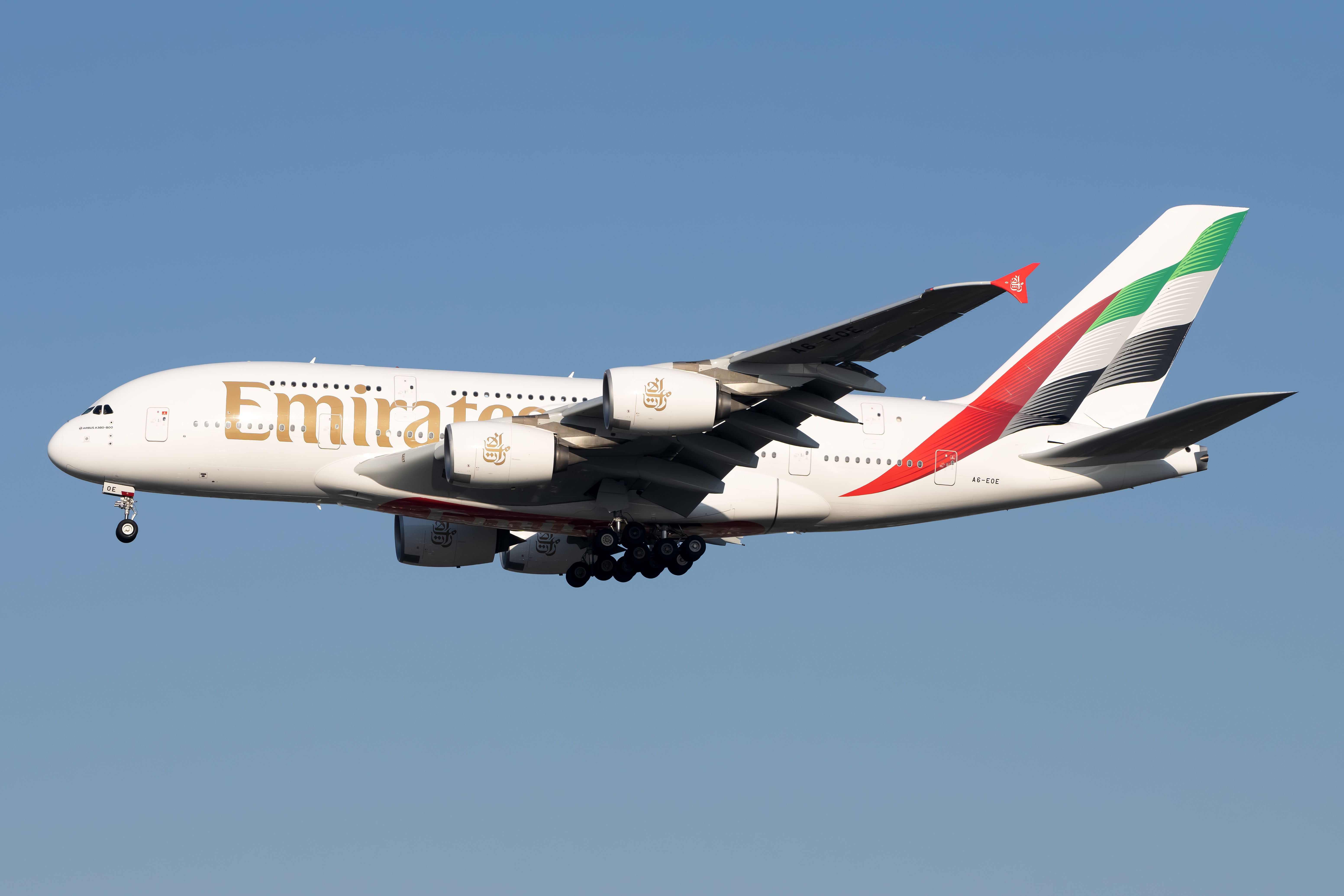
Could The Airbus A380 Be Redesigned To Make It Profitable?
10 of the 14 initial operators of the type have the A380s in service today.Have you flown on an Airbus A380? What was your experience? Let us know in the comments.

